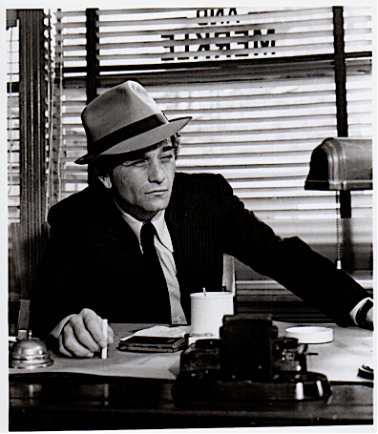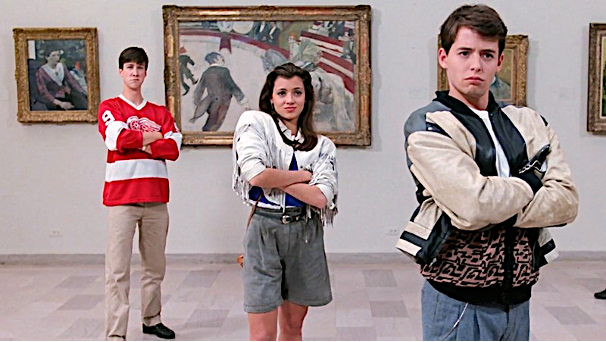A Fictitious City Called San Francisco
The introduction to Neil Simon’s “The Cheap Detective” (1978) informs us that this story takes place in “a fictitious city called San Francisco.” This comedy simultaneously parodies “The Maltese Falcon” (1941) and “Casablanca” (1942)—not an easy task. I hadn’t seen “Detective” in a long time and, watching it again recently, the epithet made me laugh. But after thinking about it, I realized that, to me, San Francisco is a fictitious city. And a lot of it has to do with how most people encounter it, which is through the movies, photography, books, or other artistic forms. Perhaps one of the things that makes it fictitious for me is the fact that I was priced out of its real estate long ago. My beloved San Francisco. . . now only a figment of my imagination. So many films are set in the City by the Bay, among them, “Bullitt” (1968), “Mrs. Doubtfire” (1993), and “Blue Jasmine” (2013). “So I Married an Axe Murderer” (1993) celebrates many of The City’s iconic landmarks: a double date at Fog City Diner, a moonlit skip at the Palace of Fine Arts, and a group tour of Alcatraz. Many movies exist with S.F. as protagonist or as mere backdrop to the story. Some idealize it, others critique it, depending on the story being told.
It seems that other major cities are “fictitious” in the same sense. My first impressions of New York, for instance, were certainly formed by the movies and TV, and this must be true for other people, especially those who have never visited. There are so many films set in New York City that it boggles the mind. An Internet site lists and ranks 212 movies about New York; an ambitious Wikipedia page lists over 2,500 films set there, and it easily risks becoming incomplete without dedicated input, of course.1 Films such as “On the Town” (1949) celebrate the wonder of the city; “Taxi Driver” (1976) and “Dog Day Afternoon” (1975) present a gritty, crime-filled municipality. Long before that, “King Kong” (1933) wowed movie-goers with its “fiction,” a token of which we find in the above still. The Beast fights biplanes atop the Empire State Building. Certainly, it is an inspiring image for its time.
I suspect that NYC tops the list of locations in film. In essence, The City stands for modernism in general, but also as a sweeping statement of what the U.S. is, for better or worse. I’m struck by James Baldwin’s (1924–1987) aphorism: “Whoever is born in New York is ill-equipped to deal with any other city: all other cities seem, at best, a mistake, and at worst, a fraud.” Although I am not a native New Yorker, I find a certain truth in his observation, because I believe it is a thrilling, one-of-a-kind place. There is an undeniable power and strength to NYC. Many cities around the world tried to recreate what it did first, and some did it poorly.
And then there’s Chicago. Gangster films often highlight the Second City, such as “Some Like it Hot” (1959) and “The Untouchables” (1987). But one of the most memorable films set in Chicago is “Ferris Bueller’s Day Off” (1986), in which Ferris (Matthew Broderick) and two friends tour the city, rather than attend school. They view Impressionist paintings at the Art Institute (Give them college credit for their interest in art history!), take in a Cubs game at Wrigley Field, visit Lake Shore Drive and Willis Tower, and headline at a downtown parade. In “The Blues Brothers” (1980), we follow Joliet Jake and Elwood on their “mission from God” through a seamier side of the Windy City. So. . . , three cities, but many fictions about them to be discovered in the movies. Armchair tours of these places through film might not be as satisfying as being there, but they often capture the unique flavor of these locations, which we could certainly miss, even after visiting them.
You’re still here? It’s over. Go home! Go!
Copyright © 2025 by Rosi Prieto, Ph.D.
All Rights Reserved
https://editorial.rottentomatoes.com/guide/new-york-city-movies/
https://en.wikipedia.org/wiki/Category:Films_set_in_New_York_City




